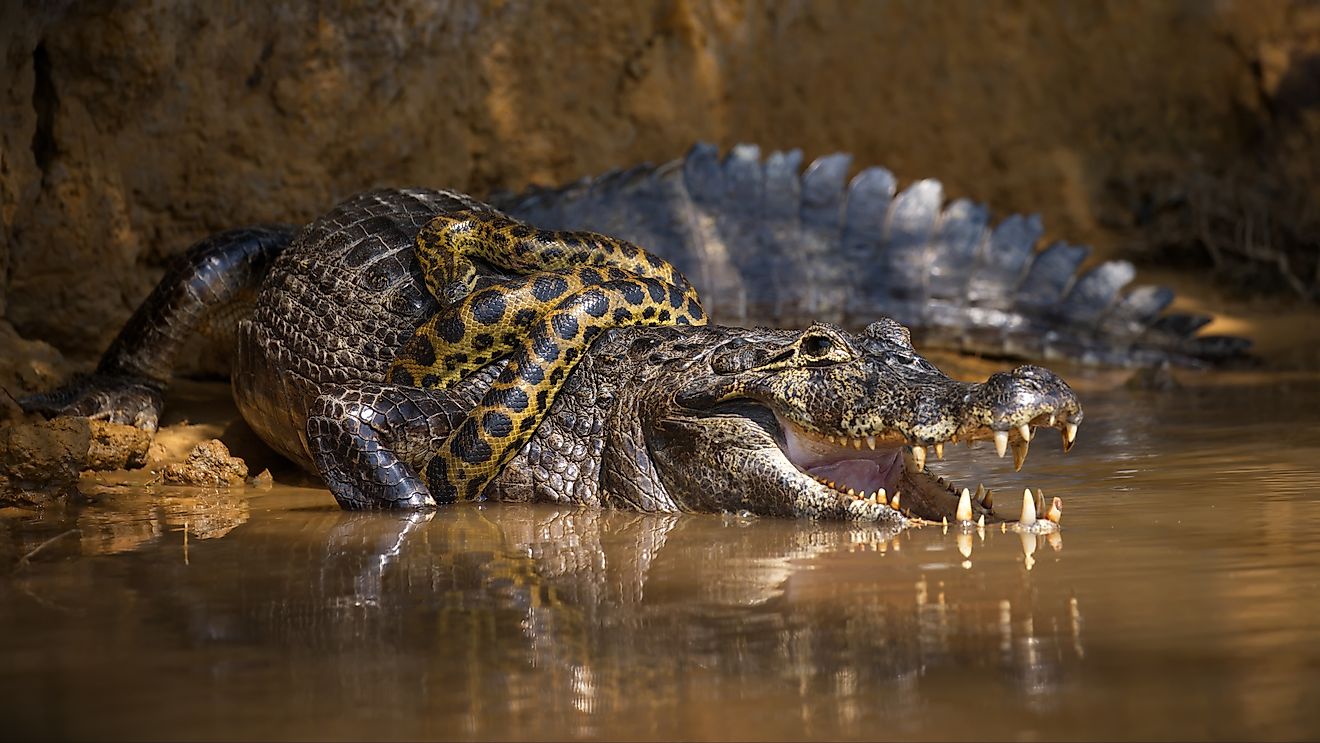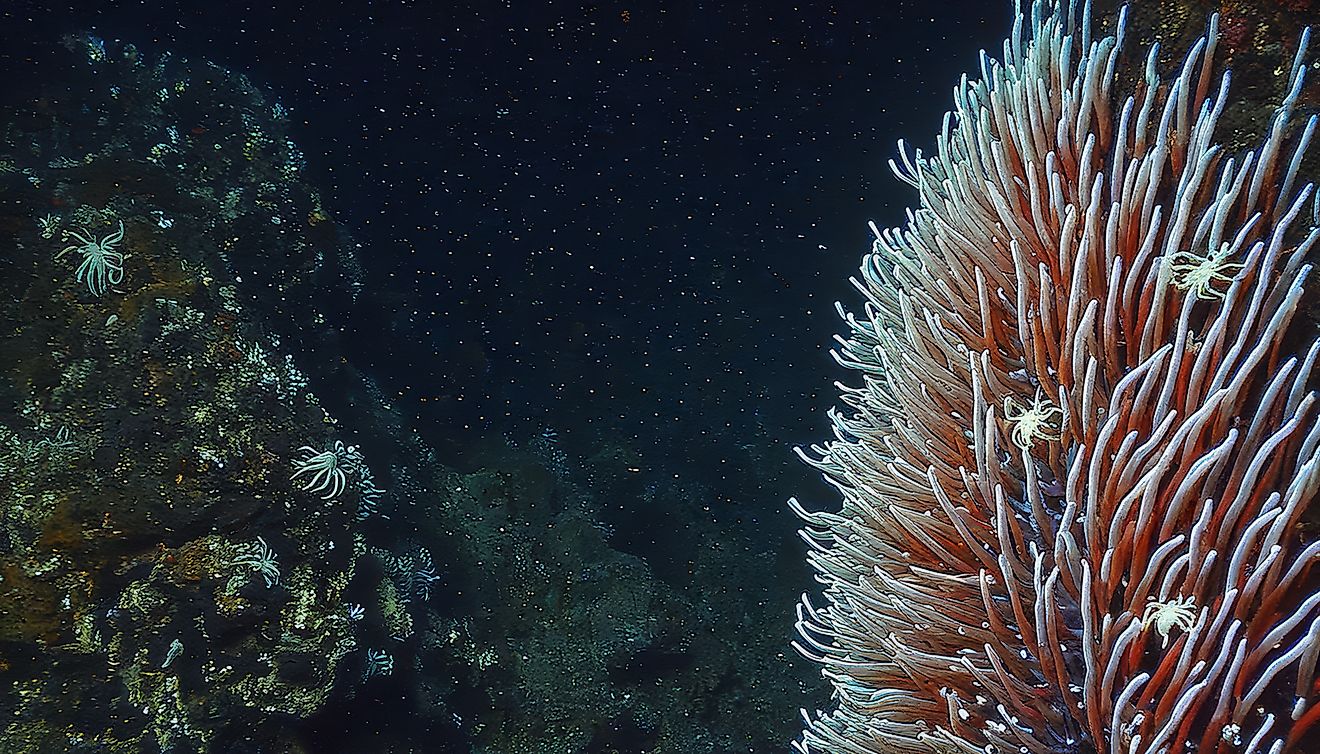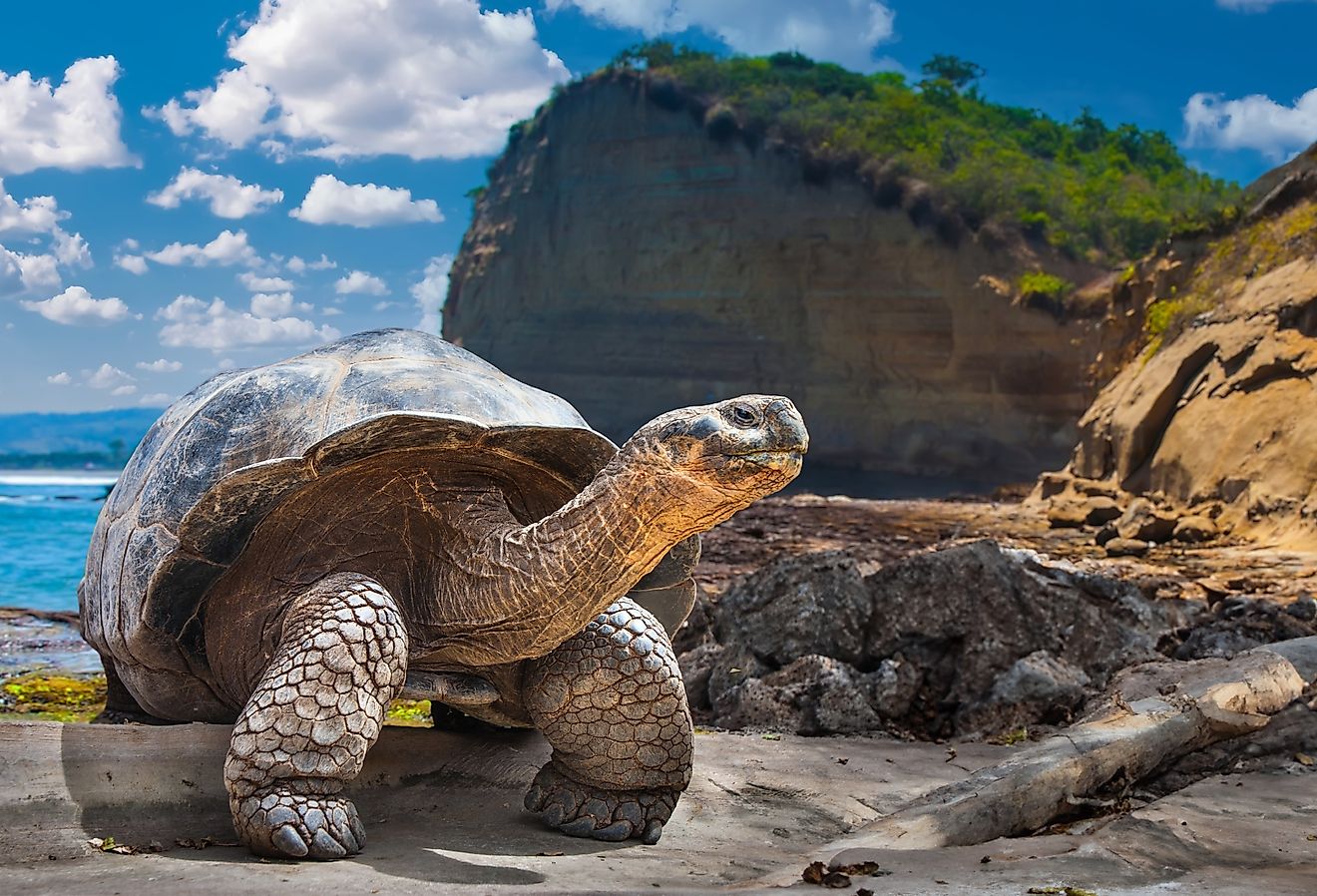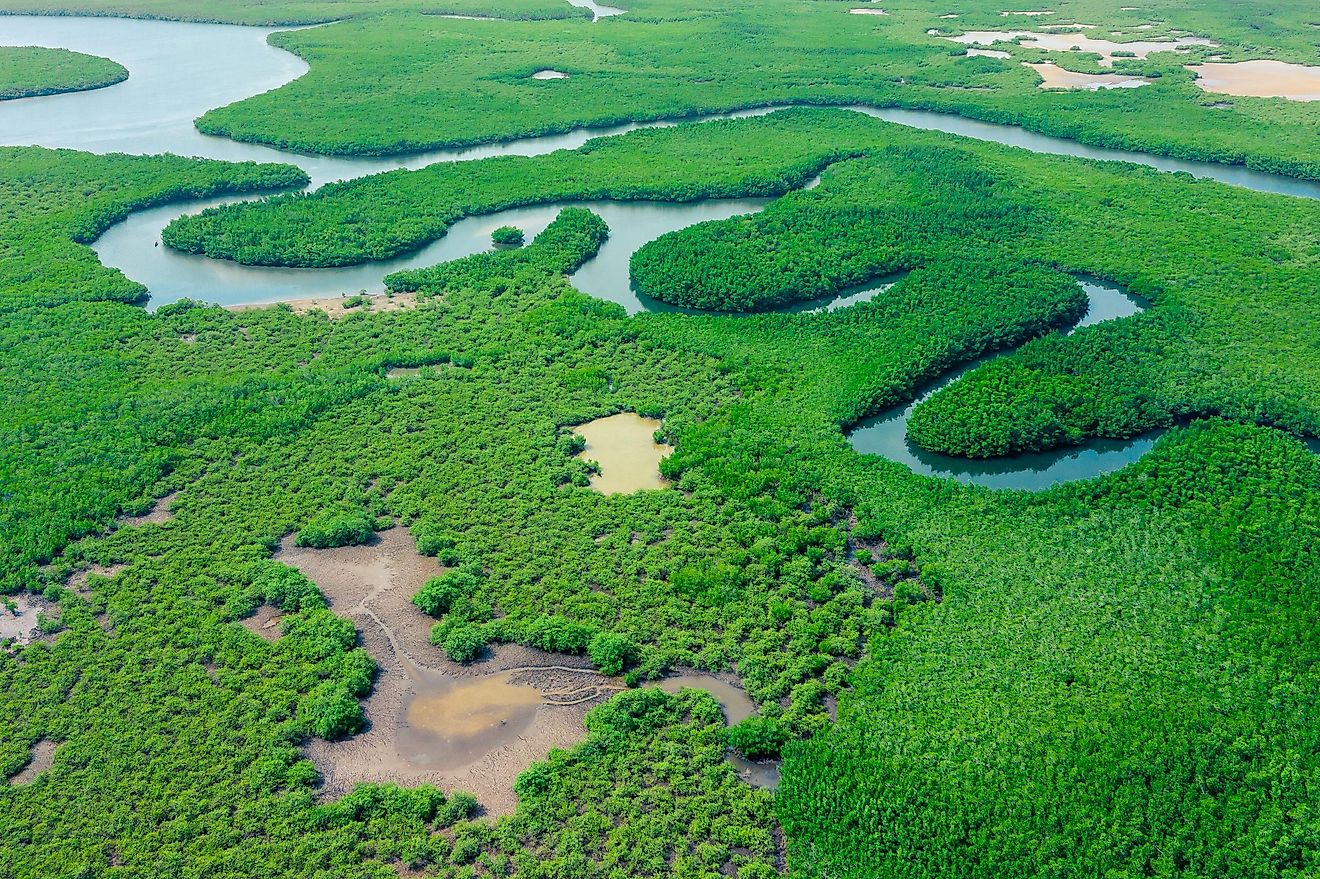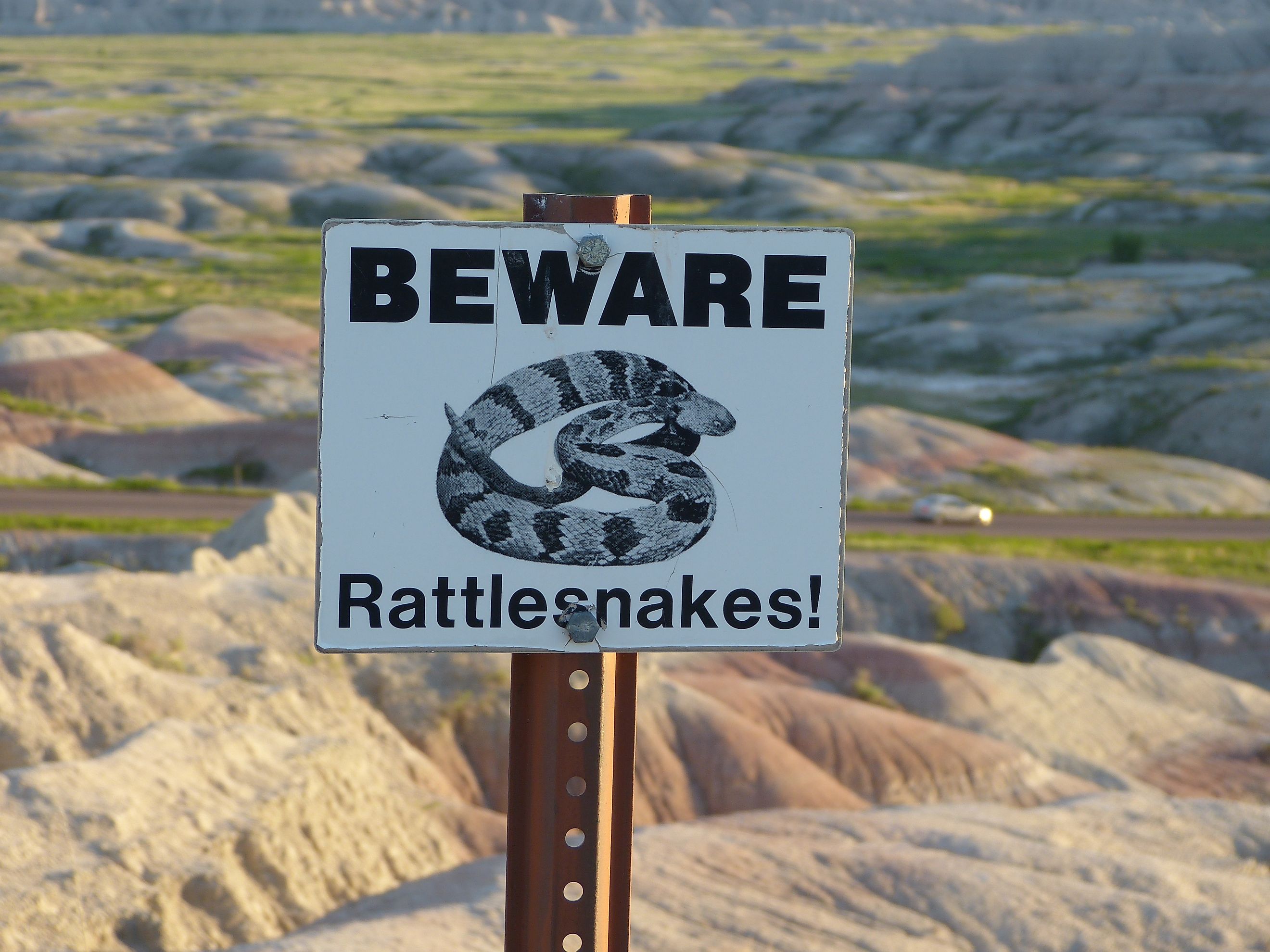
The 9 Most Snake Infested Areas In The US
Whether it is the rattlesnake, the king cobra, or the black mamba, snakes usually evoke some of the most paralyzing fears among many. While there are more than 3,000 species of snakes in the world, some countries have them in disproportionately high numbers, others have only a few, while a few do not. Iceland, Ireland, Greenland, and New Zealand are among the countries without snakes.
And when it comes to the United States, this pattern holds true. Some states swarm with snakes, some, not so much, while Alaska and Hawaii are snake-free. In this article, we disclose the nine most snake-infested areas in the United States.
The Everglades, Florida
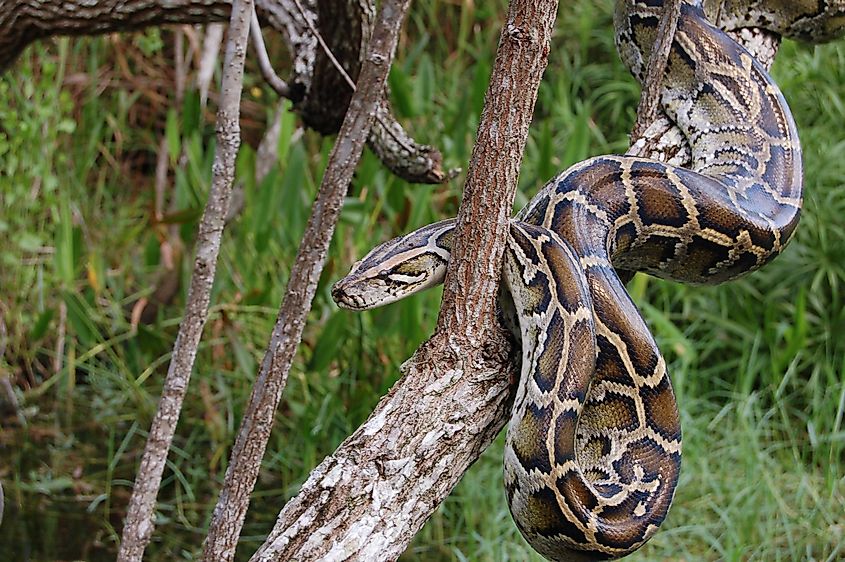
The Everglades, the largest surviving subtropical wilderness in the United States, might be known for its mangroves and sawgrass prairies, but it is also arguably the most snake-infested area in Florida. These huge, world-famous wetlands, one-and-a-half times the size of Rhode Island, are home to thousands of venomous and non-venomous snakes. One species that seems to have completely colonized the Everglades is the Burmese python. Interestingly, the first pythons in the country were brought as pets. Besides the Burmese pythons, other snake species abundant in the Everglades include the eastern diamondback rattlesnake, cottonmouth, and copperhead. The main reason snakes love the Everglades is the area's warm climate.
Lake Hartwell, Georgia
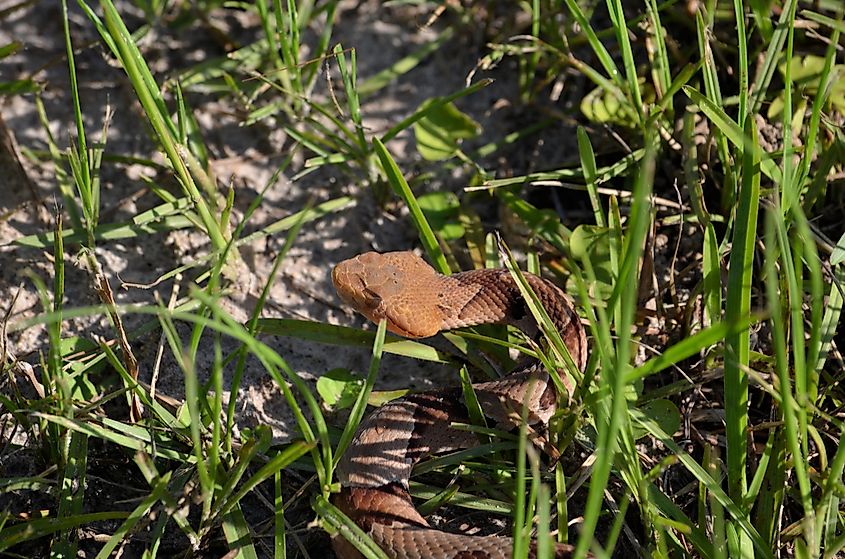
Lake Hartwell, and the area around it, is usually known as one of the most snake-infested areas in the country. While many snake species exist in and around Lake Hartwell, some estimates suggest that only 1 out of 10 might be dangerous. Therefore, there should be no cause for alarm. The non-venomous snakes one will likely encounter at Lake Hartwell include the Garter Snake, the Rat Snake, and the Water Snake. Others include the Black Racer and the Ringneck Snake. Of these, Water Snakes, often misidentified as water moccasins, are some of the most common. And in the rare chance that one encounters a venomous snake at Lake Hartwell, it will most likely be a Copperhead, which often loves to bite, but whose bite is seldom fatal.
Shawnee National Forest

While the Shawnee National Forest is a beautiful gem known for its natural appeal; its oak-hickory forests and razorback ridges, it is also a huge snake habitat. Twice every year, it plays host to snake migration, a unique spectacle when snakes migrate from the forest's limestone bluffs into LaRue Swamp, spend a few months, and then embark on a return journey. While not as famous as the Wildebeest Migration that takes place in East Africa, the snake migration is still quite fascinating. The theater of this interesting spectacle is usually Snake Road, a 3-mile stretch of unpaved trail in southwestern Illinois where people travel — to witness the one-of-a-kind natural wonder. Some of the most sighted snake species on this road include the cottonmouth snake, the southern leopard frog, and the bird-voiced tree frog.
The Chihuahuan Desert, New Mexico
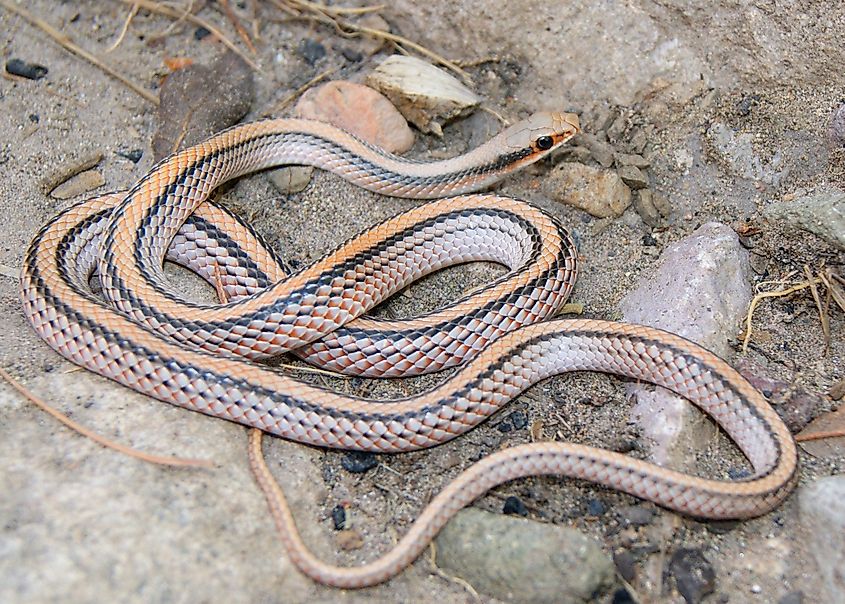
The Chihuahuan Desert has an established reputation for being a snake territory. And while several reasons can be advanced for the presence of snakes in the Chihuahuan Desert, one primary reason could be the warm desert climate favorable to certain species of snakes. Some of the snake species often sighted in the Chihuahuan Desert include black-tails. These snakes are known to possess heat-sensing organs between the eyes and which they use to detect any object whose temperature is different from that of the immediate environment. Aside from black-tails, other common snake species in the Chihuahuan Desert include diamondbacks and Mojave rattlers, one of the most venomous in the United States. The Chihuahuan Desert is famous for its rugged outcrops, insufferable heat, and suntanned landscape.
Lake Sweetwater, Texas
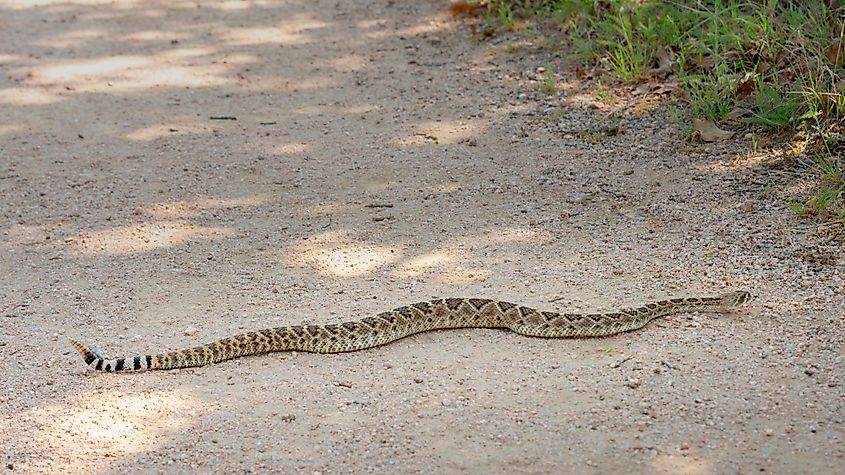
Expectedly, lakes are some of the most common snake habitats. That said, snakes that enjoy desert terrain will not be the same ones that slide and glide in the shimmering waters of lakes, rivers, or ponds. And when it comes to lakes and snakes, Lake Sweetwater, located about 5 miles from the town that bears the same name, is among the most snake-infested lakes in the country. As a testimony, every year, the lake attracts thousands of visitors to the Nolan County Coliseum, who come to witness what has been dubbed "The World's Largest Rattlesnake Roundup." Rattlesnakes are known for many unique facts, including their ability to inflict venomous bites up to an hour after death.
Sonoran Desert, Arizona
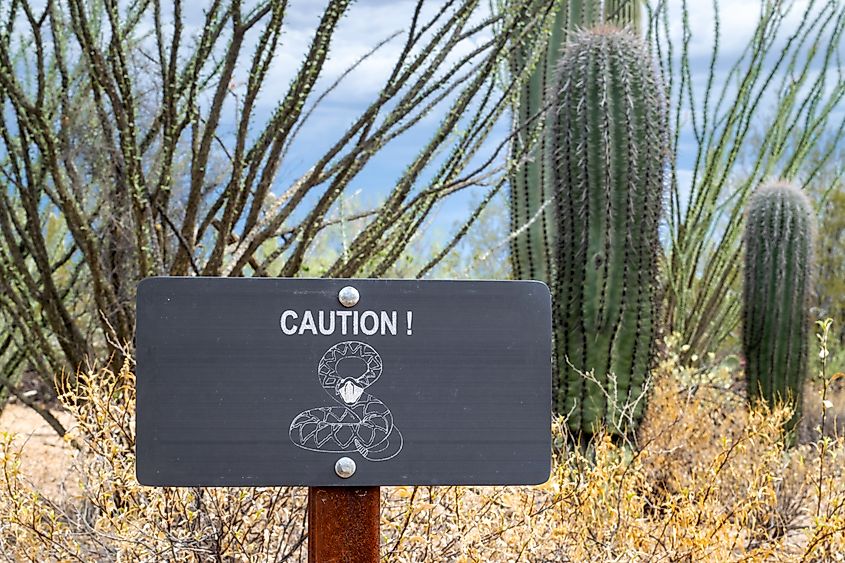
The Sonoran Desert, like many geographical landmarks, does not abide by suggested national boundaries. The desert stretches across from the northwestern regions of Mexico to the southwestern United States. Reputed to be one of the hottest deserts in the country, the Sonoran Desert is also home to several species of snakes. These include the Tiger Rattlesnake found exclusively in the Sonoran Desert, the Black-tailed Rattlesnake, which takes its name from the appearance of its tail, and the Common Kingsnake. Other snake species also found in the Sonoran Desert include the Sidewinder, whose name indicates its movement style; the Sonoran Coral snake, and the Sonoran Mountain Kingsnake.
First Peoples Buffalo Jump State Park
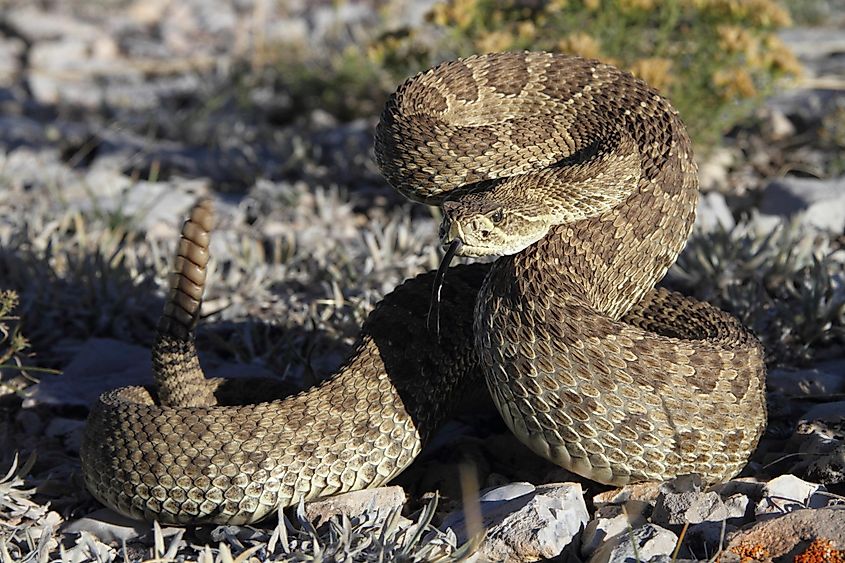
While there are many parks in the United States, few of them have as many snakes as First People's Buffalo Jump State Park. Located about 4 miles from the small town of Ulm, First Peoples Buffalo Jump State Park is today known as the scene of a dramatic theater where native Americans, lacking guns and bullets, would stampede the herds of bison off the steep cliffs to their tragic death. Today, the park, whose landscape features rocky cliffs and swathes of grass prairie, is home to a decent number of snakes and snake species. These include the only venomous reptile in Montana: the Prairie Rattlesnake. Montana has up to ten species of native snakes. Of these, First People Buffalo Jump State Park plays host to not less than seven.
The Grand Canyon
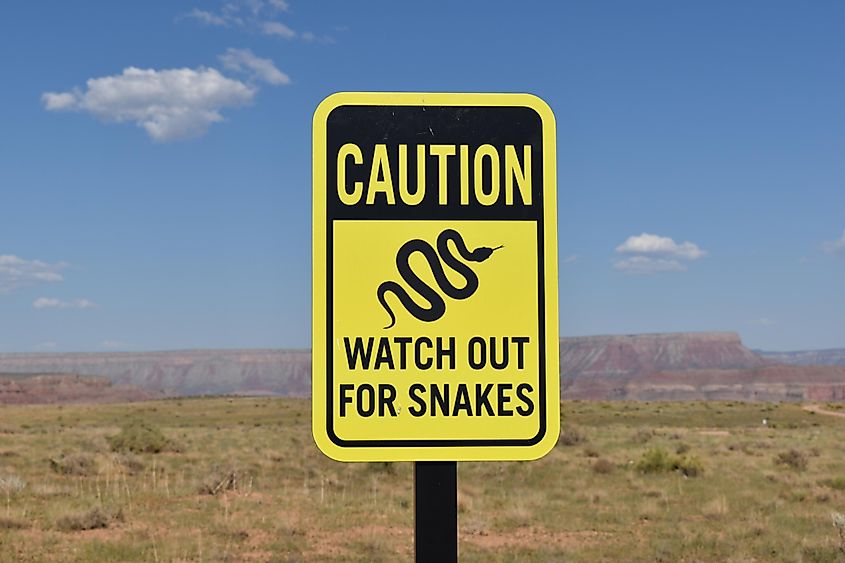
Located in the southwestern corner of the Colorado Plateau and featuring a landscape that no pen can do justice, the Grand Canyon is deservedly considered one of the Seven Natural Wonders of the World. Yet this dramatic geographic formation, besides its other-worldly appearance, is home to a decent number of snakes and snake species. Yet while the Grand Canyon is home to several snake species, only one is known to be poisonous: the rattlesnake. Known to be extremely venomous, the most common rattlesnakes in the Grand Canyon include the Mojave "Green," Great Basin, and the Grand Canyon Pink Rattlesnake. These snakes are particularly found in plenty within the inner gorge as well as within the corridor of the Colorado River.
Lake Seminole, Florida
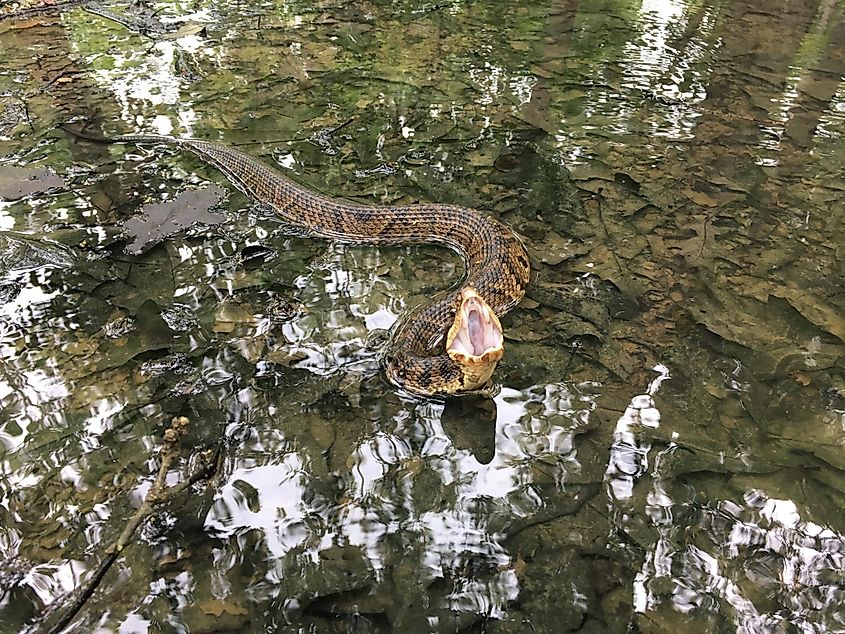
Named after the Seminole Native American tribe, Lake Seminole is an artificial lake created at the convergence of three water bodies. These include Spring Creek, the Chattahoochee River, and the Flint River. Known for its large bass fishing during the summer, Lake Seminole is also a favorite spot for hunting ducks. Yet the lake is also home to other less-inviting creatures such as cottonmouths, which prefer to stay close to the water's surface with their heads out, and rattlesnakes, known for their diamond-shaped heads. Lake Seminole is also home to pythons, which, although not venomous, are just as dangerous.
The Takeaway
One of the most hated and feared animals on the planet, snakes, whether venomous or non-venomous, play an important role in the ecosystem. As an established fact, an overwhelming majority of snake species are non-venomous. However, even many that are lethal hardly venture to go all out in an attack. So, while being cautious is essential when out in the above snake-infested places, there is no need to lose your peace of mind. It is just about maintaining a safe distance from snakes and admiring their vibrant colors, patterns, and uniqueness.
